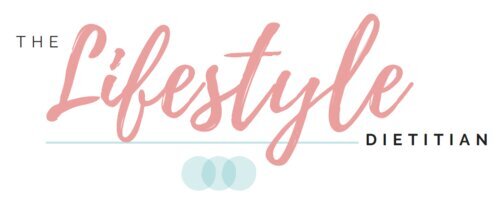Selecting Smart Choices at the Supermarket
Feeling overwhelmed at the supermarket? With over 30 000 packaged products on the shelves, choosing the most nutritious choice can be a challenge, especially if we rely on front-of-packet health claims which are often misleading.
When it comes to the supermarket, fresh is best and sticking to the outer edges of the store is a good start. But nutrition isn’t so black and white so if you’re heading to the middle aisles, understanding how to read the food labels goes a long way in making a better choice. Use our guide to help you pick up the weekly groceries.
The Nutrition Information Panel
To navigate the Nutrition Information Panel, start with the per 100g column. This is best for comparing similar products. Choosing something low in saturated fat, added sugars and sodium but rich in fibre is best for our heart health, maintaining a healthy weight, energy levels and digestion.
Here is a breakdown of what to aim for:
Saturated fat: <3g per 100g
Sugar: <10g per 100g
We make an exception of <15g if fruit is listed in the first three ingredients.
Sodium: <120mg per 100g
Dietary fibre: The higher the better. Aim for >5g per 100g.
The per serve column can be useful but be sure to check how much a ‘serve’ actually is. This may be different from what you actually eat. For snack foods, watch the energy content. Aiming for ~150kcal (500kJ) per serve is sufficient for most people.
The Ingredients List
The ingredients are always listed in order from the most to least contained ingredient by weight. If fat, sugar or salt are listed in the first three ingredients, this product is probably not the best choice. Keep an eye out for some of the other lesser known names which are used to disguise the addition of these:
Fat: butter, cream, coconut oil, hydrogenated oils, margarine, milk solids, palm oil, vegetable oil, beef tallow/fat
Sugar: concentrated fruit juice, corn syrup, dextrose, fructose, glucose, golden syrup, maltose, maltodextrin, sucrose
Salt: baking powder, celery/garlic salt, glutamate, mineral salts, MSG, rock salt, sodium, sodium bicarbonate
Picking a pre-packaged snack? Let's do a comparison of a popular snack choice - Muesli Bars. Check out our product comparison below to see how these two brands stack-up and how to make the smartest choice when shopping.
The Freedom Foods Barley+ Seven Seeds Bar comes out on top - it meets the recommendations for energy, saturated fat, sugar and fibre content.
The All-Natural Bakery Bar may look appealing from its front of package claims “Low GI, Free from artificial flavours and colours, Sweetened with natural honey”. But on closer inspection of the Nutrition Panel on the back, we can see that one bar provides triple the amount of recommended energy! The saturated fat and sugar content is also above recommendations and disguised in the ingredients list as “salt-free butter” and “organically produced honey”.













